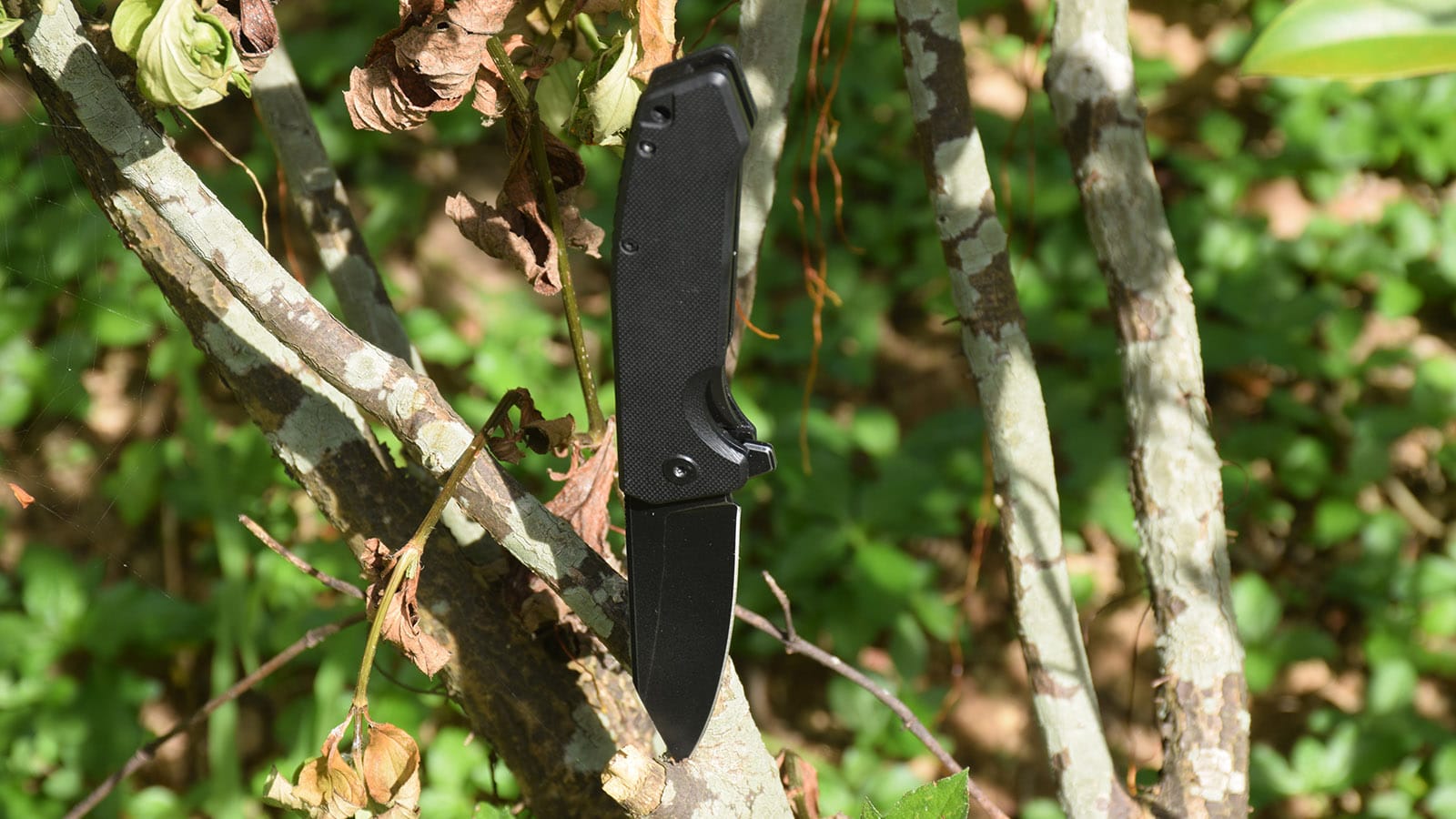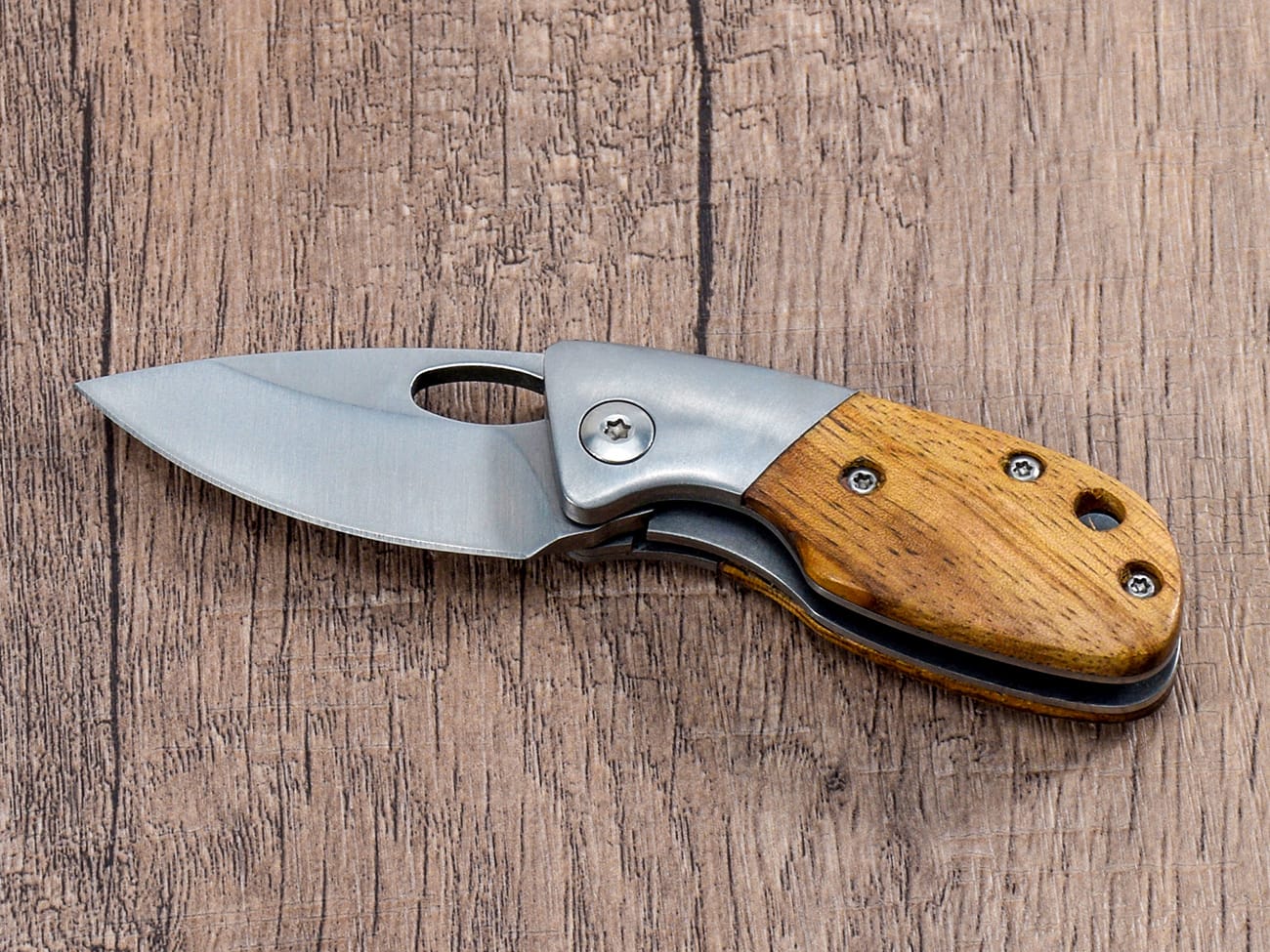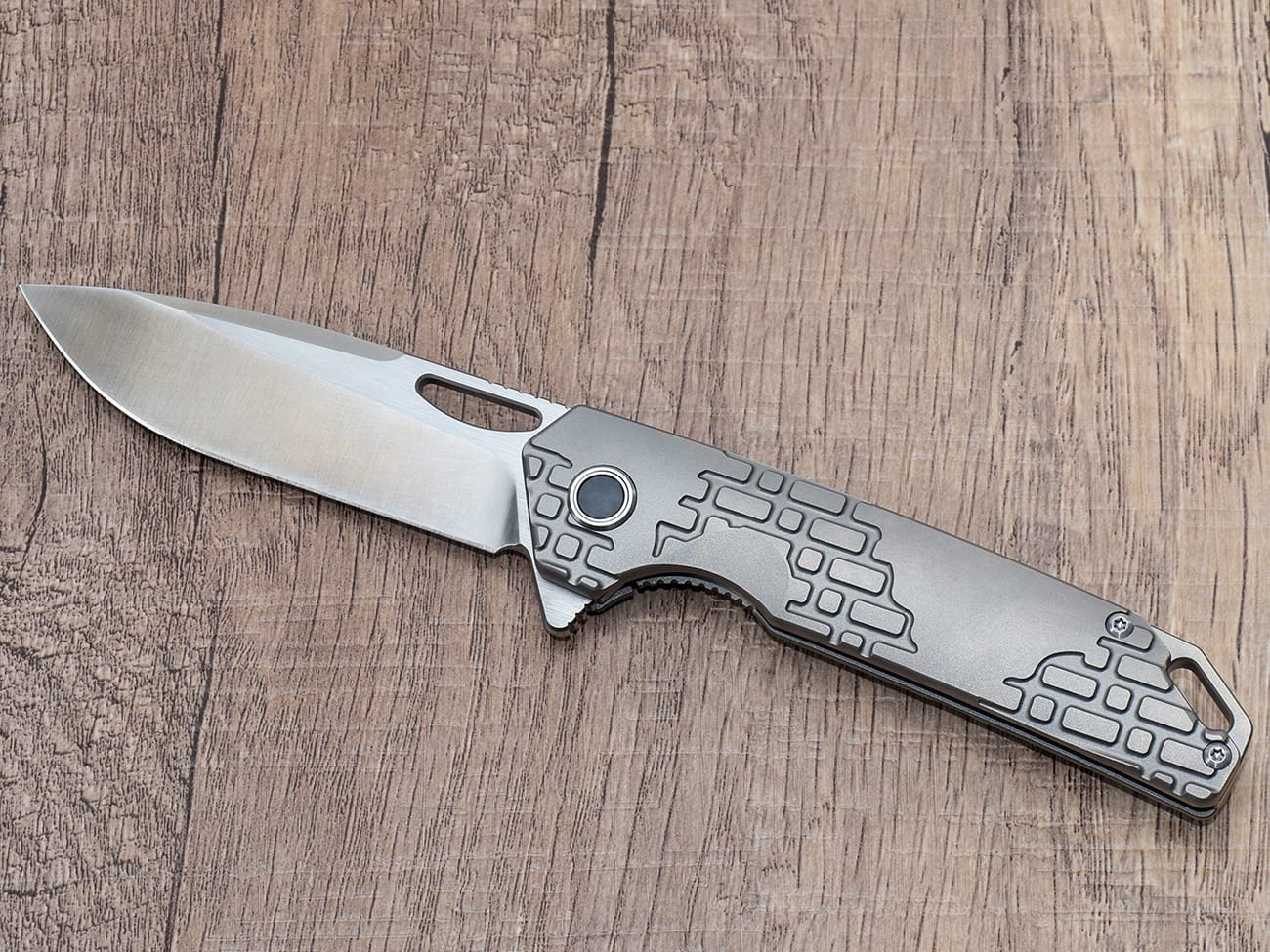A sharp knife is not just a tool; it’s a gateway to better, safer, and more enjoyable cooking experiences. Whether you’re a professional chef or a home cook, learning how to sharpen a knife with a whetstone is an essential skill that can transform your dull knives into precision cutting instruments. This guide will walk you through the entire process, from choosing the right whetstone to achieving that perfect edge.
What Makes Whetstones the Best Choice for Knife Sharpening?
Whetstones, also known as sharpening stones, are the preferred method of knife sharpening among professionals. Unlike electric sharpeners that can damage your blade, whetstones offer precise control and help maintain the knife’s original edge angle. They work by gradually removing metal from the blade while creating a consistently sharp edge.
Understanding Different Types of Whetstones
Before you begin sharpening, it’s important to understand that whetstones come in various grit levels:
- Coarse grit (400-1000): For repairing damaged blades
- Medium grit (1000-3000): For regular sharpening
- Fine grit (3000-8000): For polishing and finishing
Essential Preparation Steps Before Sharpening
Success in knife sharpening begins with proper preparation. Here’s what you need to do:
- Soak the whetstone in water for 10-15 minutes
- Set up a non-slip surface
- Gather necessary materials (towels, water, angle guide if needed)
How to Find the Correct Sharpening Angle?
One of the most crucial aspects of knife maintenance is maintaining the correct angle while sharpening. Most kitchen knives require a 20-degree angle, while Japanese knives typically need a 15-degree angle. You can use angle guides or the coin method (quarter for 20 degrees, penny for 15 degrees) to help maintain consistency.

Step-by-Step Guide to Sharpening Your Knife
- Start with the coarse grit side
- Hold the knife at the correct angle
- Apply light pressure
- Use smooth, consistent strokes
- Work from heel to tip
- Create a burr before switching sides
Common Mistakes to Avoid When Using a Whetstone
Many beginners make these common mistakes when learning to sharpen their knives:
- Using too much pressure
- Inconsistent angle
- Rushing the process
- Skipping grits
- Not creating a proper burr
How to Test if Your Knife is Sharp Enough?
There are several ways to test your knife’s sharpness:
- Paper test (should slice through paper cleanly)
- Tomato test (should cut through skin without pressure)
- Arm hair test (should shave hair with minimal pressure)
Maintaining Your Sharpened Edge
After achieving a sharp edge, proper maintenance is key. Store your custom knives properly and use honing steel regularly between sharpenings.
When to Use Different Grit Levels?
Understanding when to use different grit levels is crucial:
- Start with coarse grit for very dull knives
- Progress to medium grit for regular maintenance
- Finish with fine grit for polishing
Professional Tips for Better Results
Here are some expert tips to enhance your sharpening technique:
- Keep the stone wet throughout the process
- Use consistent pressure
- Count your strokes
- Clean the stone between grits
- Practice with older knives first
Key Points to Remember:
- Always maintain a consistent angle
- Use light to medium pressure
- Keep the stone well-lubricated
- Progress through grits systematically
- Test sharpness regularly
- Practice proper knife maintenance
Remember, sharpening knives with a whetstone is a skill that improves with practice. Don’t get discouraged if your first attempts aren’t perfect – with time and patience, you’ll develop the technique needed to maintain razor-sharp edges on all your knives.




